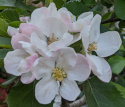The history of the cultivation of soft fruits and currants. With a timeline and taxonomy.
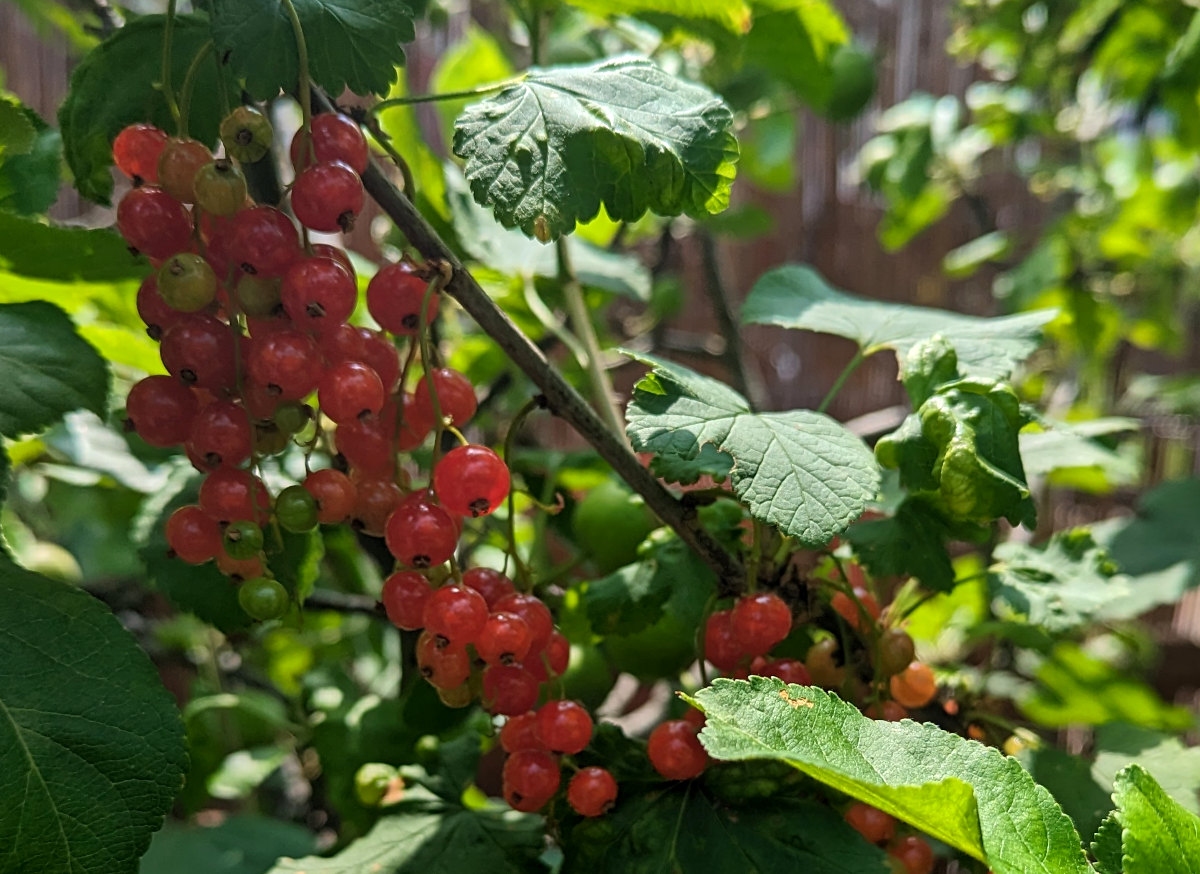
As I look at the bounty of soft fruits that grace our tables today, it’s fascinating to trace their journey through history, and how humble berries and fruits have become part of both human agriculture and culture.
Table of Contents
From the wild hedgerows of ancient civilisations to the sprawling orchards and greenhouses of today, the story of soft fruit cultivation is one of innovation, discovery, and deep connection to the land.
Below: A book from 1606 by William Ram names Currantz.

I found it very interesting that humans went from foraging to a time when soft fruits were so widely cultivated by the Greeks and Romans and then went back to being foraged in medieval times before enjoying a renaissance in the middle ages and then falling from grace again in modern times.
Berry growing has enjoyed surges in popularity and has fallen in and out of fashion over the centuries.
Where it all started:
Man has been foraging soft fruit from the environment for many tens of thousands of years. These berries are generally available early in the season and would have been a welcome addition to the diet of early man.
The modern cultivated varieties of red and white currants that we grow in our gardens are descendants of species native to the cool, moist regions of northern Europe. Other berries like the blackberry and the raspberry are found all across the northern hemisphere.
The red currant was first cultivated in roman times but the modern cultivars were first bred and grown in the fifteenth century, originally for medicinal purposes.
At this stage there was no distinction between what we know today as the gooseberry and currants, most likely because I think wild gooseberries look much like white currants.
Below: If you look at these ripe wild Gooseberries you can see why there was little distinction between them and currants.
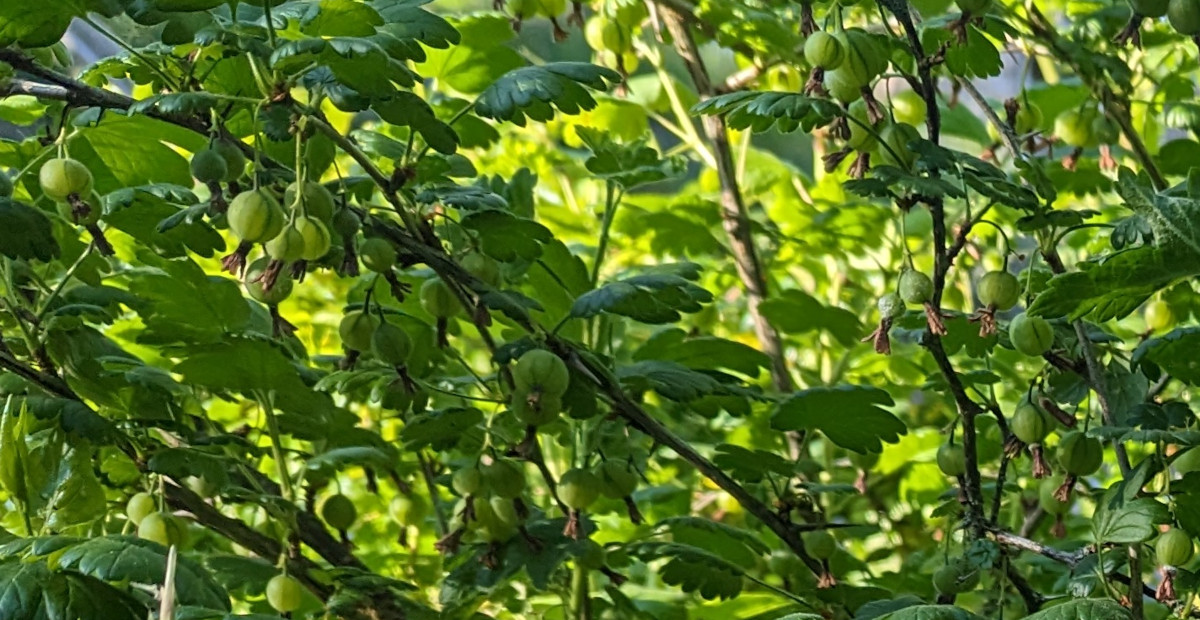
Blackberries may have been cultivated for their ability to create a thorny barrier against predators and enemies, not just for food.
In Europe, Holland and the plains of the Baltic were probably the original centres of cultivation.
Table of soft fruits and their approximate dates and area of first cultivation:
| Soft Fruit | First Cultivated (Approx.) | Region | Notes |
|---|---|---|---|
| Figs | 3000 BCE | Mesopotamia, Egypt | Among the earliest domesticated fruits. |
| Grapes | 2000 BCE | Near East / Mediterranean | Cultivated for wine production. |
| Mulberries | 600 BCE | Greece, China | Grown for food and silk production. |
| Strawberries | 14th Century CE | France (Europe) | Initially grown for medicinal purposes; modern varieties emerged in the 18th century. |
| Raspberries | 1st Century CE | Europe and Asia | Described by Pliny the Elder; domestication became common in the Middle Ages. |
| Blackberries | 1st Century CE | Europe | Cultivated alongside raspberries for culinary and medicinal uses. |
| Currants (Red/Black) | 12th Century CE | Greece and Northern Europe | Dried currants (raisins of Corinth) traded widely in medieval Europe. |
| Gooseberries | 13th Century CE | England, Northern Europe | Popular for preserves and sauces. |
| Loganberries | 1867 | California, USA | A raspberry-blackberry hybrid, developed accidentally. |
| Blueberries | 20th Century CE | North America | Transitioned from wild gathering to commercial cultivation in the 1940s. |
| Cranberries | 19th Century CE | North America | Cultivated for commercial use in wetlands. |
| Acai Berries | Modern Era (20th Century) | South America | Traditionally harvested from the wild; commercial cultivation increased due to global demand. |
| Goji Berries | Ancient Times | China | Long cultivated for traditional medicine and food. |
What struck me is how recent most soft fruit cultivation is.
From ancient beginnings (BC):
Fruit was part of the ration of the roman army and when they were marching this would have been dried. Although they had no idea what Vitamin C was at the time, the condition they called scorbutus is what we now know as scurvy, which mostly afflicted sailors could be treated by adding soft fruits to the diet.
Blueberries were a staple among Native Americans before European settlers arrived in North America although these were never cultivated.
Below: The wild blueberry, a staple among hunter gatherers wasn't cultivated until 1911.
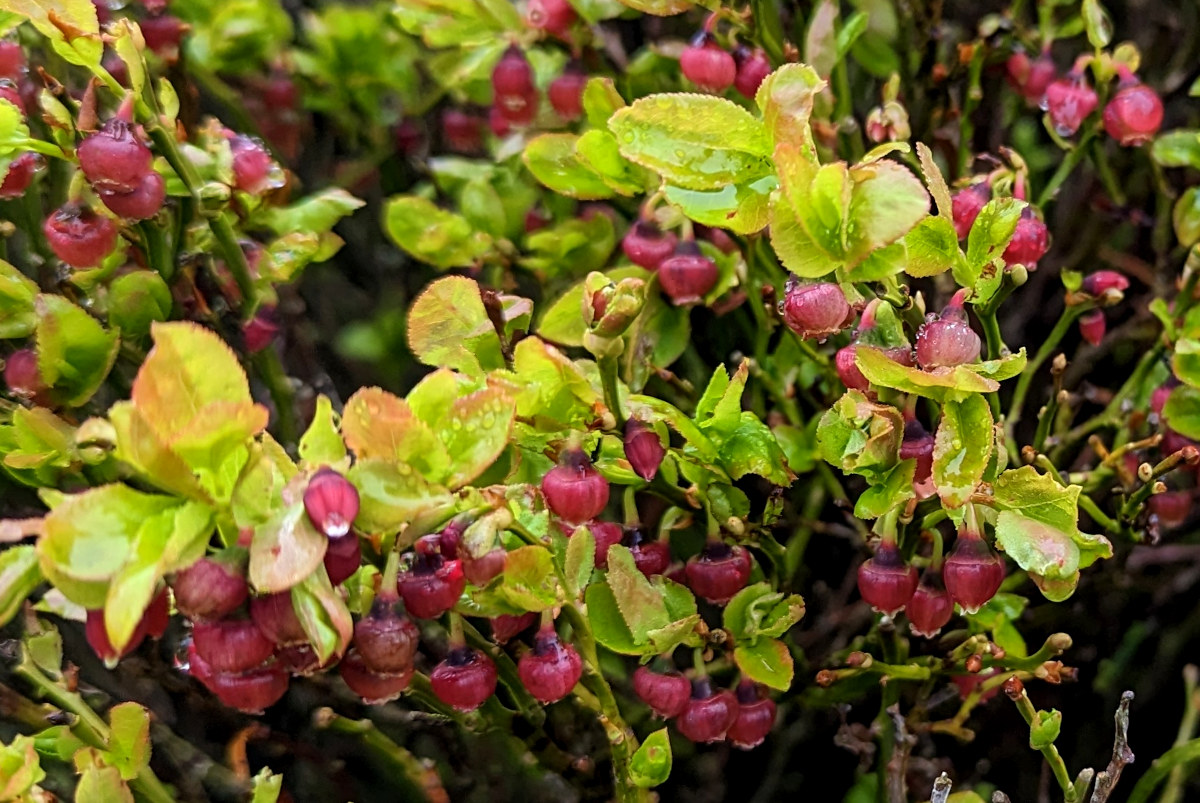
The blueberry as you and I know it a modern fruit. It wasn’t until 1911 that Elizabeth White and Frederick Coville domesticated blueberries, leading to the commercial varieties we enjoy today.
The blackberry and raspberry have roots tracing back to ancient Greece and Rome, where they were praised not only for their taste but also for their medicinal properties. In these early times, these fruits were more a gift of nature than a product of cultivation.
The wild woodland strawberry (Fragaria vesca) was known to the Romans and might be one of the first fruits to be cultivated. Pliny the Elder even mentioned its use to cure “melancholy.” However, large-scale strawberry cultivation didn’t begin until the 14th century in France, where King Charles V had them planted in his royal gardens.
Below: The "wild" strawberry which I grow in my garden has a long history and was cultivated in ancient times.
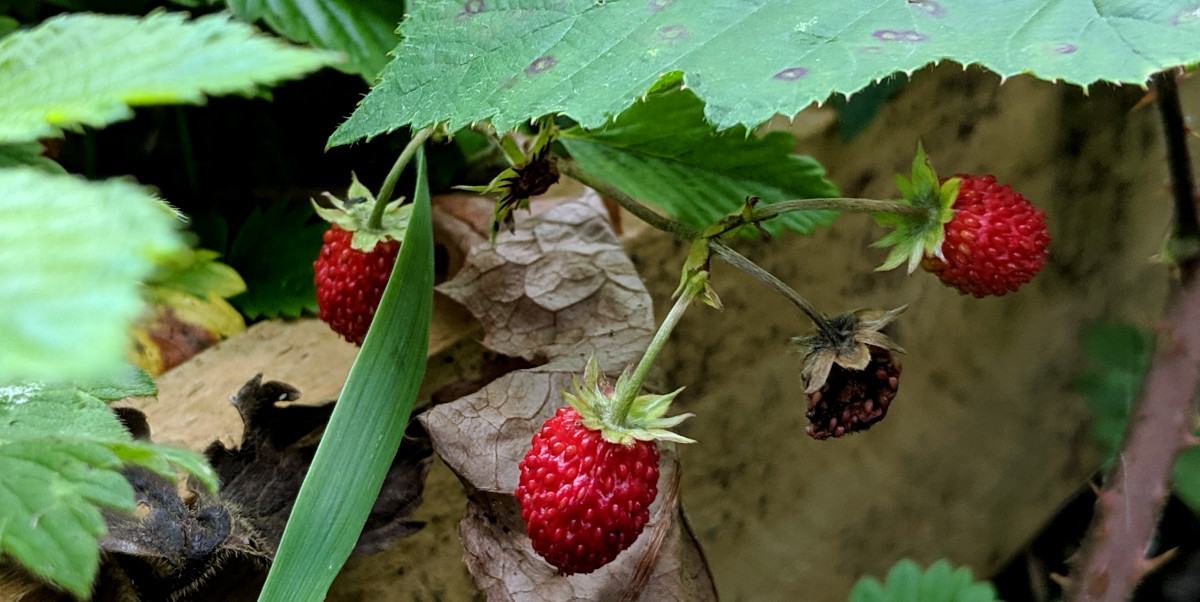
These wild strawberries were much smaller than today's varieties, and cultivation was more about managing wild patches rather than creating orchards or fields.
Below: The wild currant bush. Large numbers of small fruits, typically only half the size of modern cultivars are borne in small clusters low down on the stems.
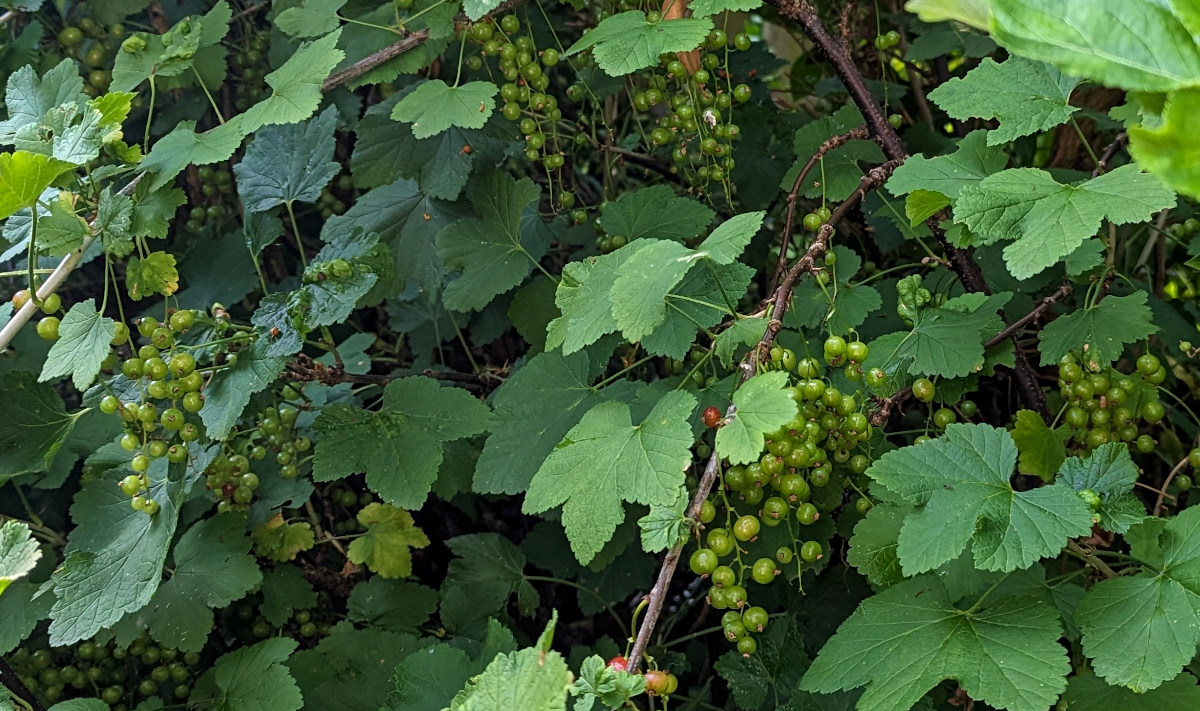
Timeline of soft fruit cultivation: What we know.
The roots of soft fruit cultivation reach far back in time but have a somewhat fragmented history.
- The humble blackberry which grows across the northern hemisphere (Rubus fruticosus), for example, which was known to be foraged by Neolithic peoples as early as 8,000 BCE. Archaeological evidence, like seeds found at ancient sites in Denmark and Germany,
- The cultivation of figs begins in 3,000 BCE in Mesopotamia and Egypt, marking one of the earliest domesticated fruits.
- While examining the remains of the Haraldskær Woman, the naturally preserved bog body of a Danish woman dating from approximately 2,500 years ago, forensic evidence found blackberries among her stomach contents.
- From around 2000 BCE there is evidence of grape cultivation in the Near East for wine production, influencing berry-like fruit cultivation.
- In 600 BCE, the Greeks cultivate mulberries, valued for their medicinal properties and as a food source.
- 200 BCE: Romans cultivate strawberries, though primarily as ornamental plants rather than food.
- 1st Century CE: Pliny the Elder documents several soft fruits, including strawberries, raspberries, and blackberries, in Naturalis Historia.
- 8th Century: Strawberries and other berries are grown in monastery gardens for medicinal use.
- 12th Century: The cultivation of currants begins in Greece, where they are dried and traded as "raisins of Corinth."
- In 1334, the earliest form of the word currant appeared in Agriculture and Prices by Rogers. It appeared as "Raisins de Corauntz." In the years that followed 1334, the name was spelled in various ways: raysons of Currant (Warner, ca. 1390); raysons of coraunce (Mann. A Hausch, 1463); Raisons of Oorans (Bulleyn, 1562); Oorantes, Raysens of Oorlnthe (Dodoens, 1578); Raisins of Corinth, Currants (Venner, 1620); Curran (Moffet & Bennet, 1655).
- 13th Century: Blackberries and raspberries become more widely used in European kitchens, often for preserves.
- Monks introduced the cultivation of soft fruit into Europe and the UK and the gooseberry became a popular fruit in the 13th century.
- 16th Century: The modern garden strawberry (Fragaria × ananassa) begins to emerge in Europe from the hybridisation of American strawberry species.
- The use of blackberries to make wines and cordials was documented in the London Pharmacopoeia in 1696.
- 17th Century: Elite European gardens feature soft fruits, including strawberries, as status symbols.
- 1714: Antoine Nicolas Duchesne conducts early studies on strawberry hybridisation, solidifying its place as a cultivated fruit.
- 1750s: Raspberries, cultivated from wild European varieties, gain popularity in English and French gardens.
- 1820s: Commercial strawberry farming takes off in the United States, particularly in Massachusetts and New York.
- 1850s: Blackcurrants are cultivated in Britain, favoured for jams and medicinal syrups.
- 1867: Loganberries, a raspberry-blackberry hybrid, are accidentally developed in California.
- It wasn’t until 1911 that Elizabeth White and Frederick Coville domesticated blueberries, leading to the commercial varieties we enjoy today.
- 1980s: Blackcurrants regain popularity after the easing of bans related to white pine blister rust.
- 2000s: Growing interest in organic farming and heirloom varieties drives a resurgence in traditional soft fruit cultivation.
- 2010s: Soft fruits like Acai berries and Goji berries gain global popularity as "superfoods."
Medieval times:
For much of the history of soft fruit the leaves have been as useful as the fruit. Both Currant and blackberry leaf tea were consumed as herbal treatments. I am not sure cultivation is the right term as it is more likely that the wild plants were just moved from the wild into the dwelling house "gardens".
Monasteries played a crucial role in preserving and cultivating soft fruits. Monks and nuns established orchards and gardens where they grew a variety of fruits, including apples, pears, cherries, and currants.
Below: The gooseberry became popular in England. Its more general cultivation started around the 13th century, with records showing it was grown in monastery gardens.
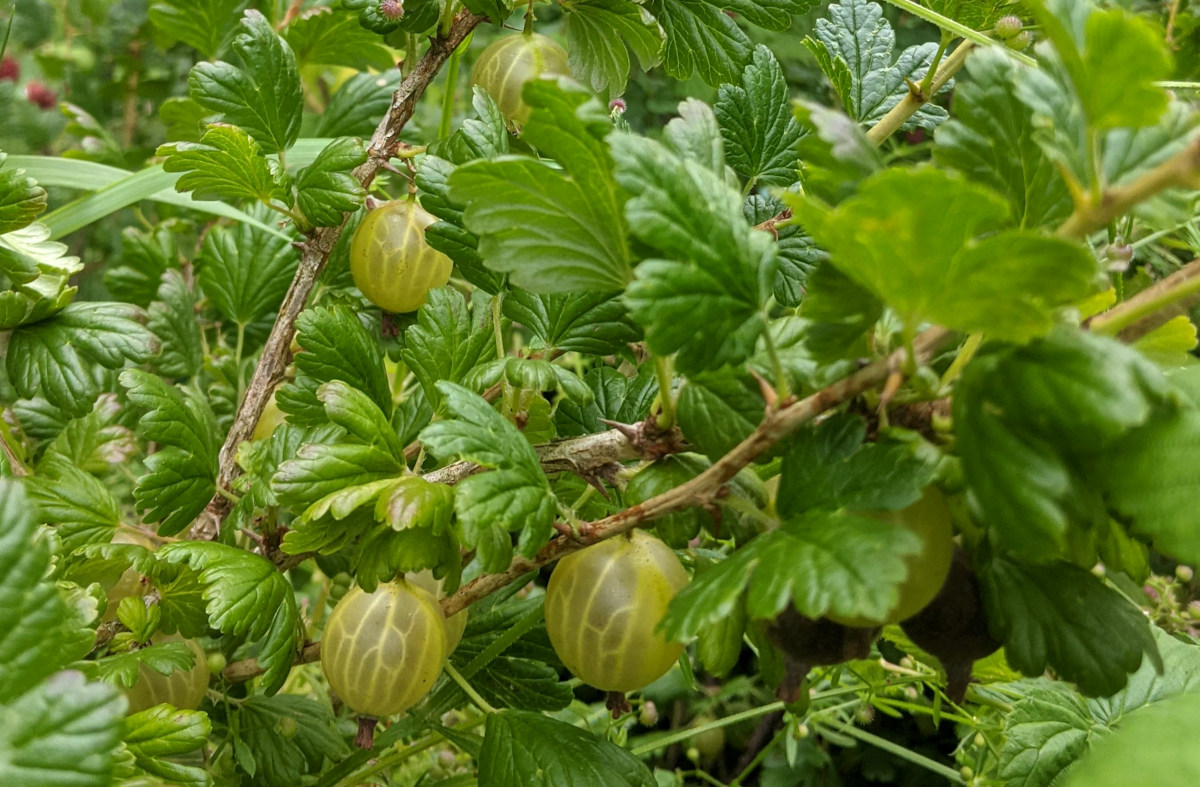
The gooseberry's tart flavour made it ideal for preserving and cooking, which was crucial in times when fresh fruits were seasonal. A particular favourite was to crush the gooseberries with boiling water and add honey and allow it to ferment to mead.
These fruits and plants were often used to make infusions, teas, jams, jellies, and wines.
The Middle Ages and Renaissance:
By the Middle Ages, soft fruit cultivation had started to take a more structured form.
Raspberries (Rubus idaeus), native to Europe and northern Asia, were cultivated in monastery gardens across Europe by the 13th century. Their association with healing made them an essential plant for monks, who used raspberry leaves for medicinal teas.
Around this time, currants (Ribes species) also began to gain prominence. The blackcurrant (Ribes nigrum), first cultivated in northern Europe, was valued for its ability to survive in cold climates and its high vitamin C content, a quality that would later make it vital during World War II when citrus imports to the UK were disrupted.
Below: Wild blackcurrants can still be found. I have several on my land in Yorkshire. They are smaller not as productive.
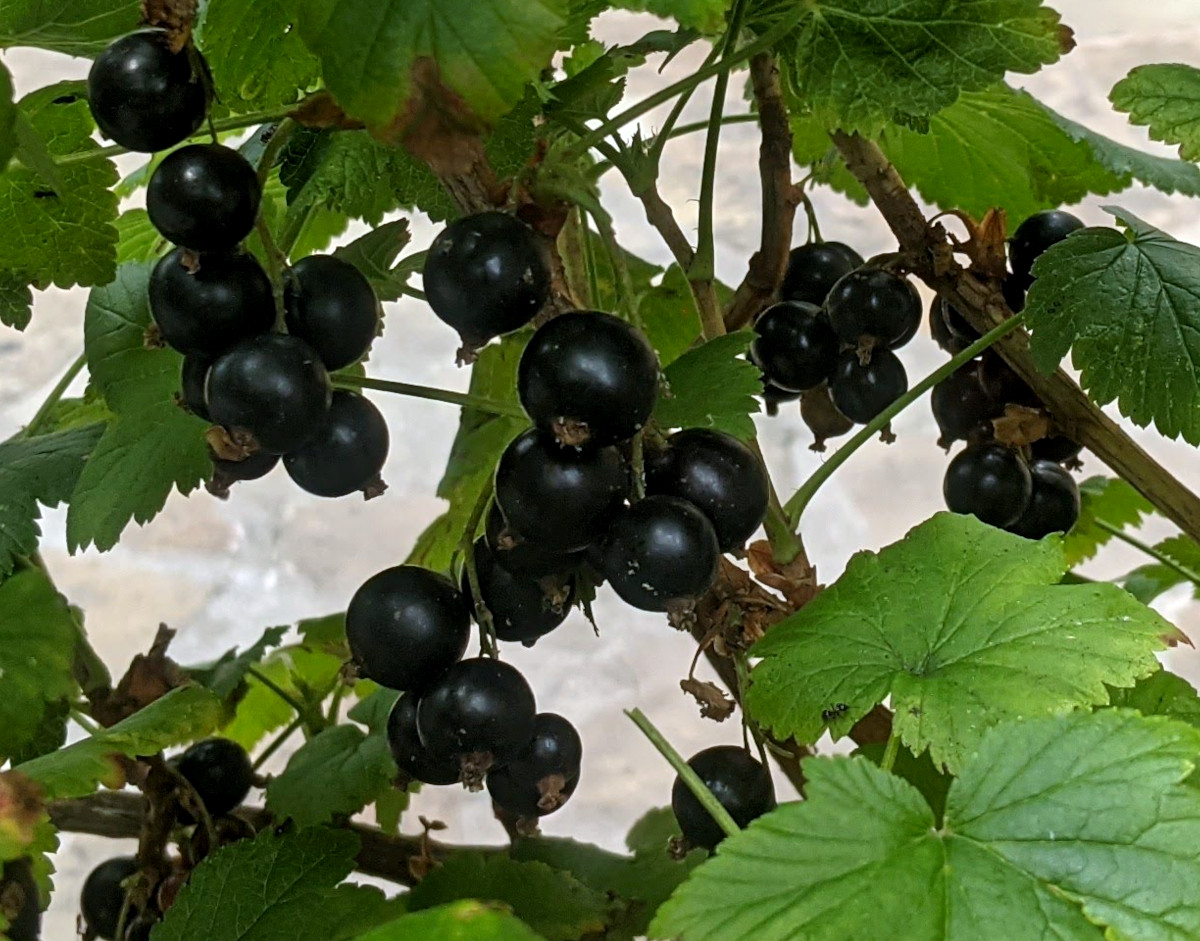
During the Renaissance, the currant and redcurrant gained prominence, especially in Europe. These were often used in cooking and for making wine. The cultivation techniques began to evolve, with attempts to improve flavour, size, and yield through selective breeding.
Modern cultivation of soft fruit:
The 18th and 19th centuries brought significant advancements in horticulture. Thomas Andrew Knight, an English horticulturist, made strides in fruit cultivation by studying cross-breeding techniques.
His work with apples indirectly influenced soft fruit cultivation. The hothouse or greenhouse became a game-changer, allowing for the cultivation of strawberries and other soft fruits out of their natural season. This was particularly revolutionary in the UK and across northern Europe, where the climate was less forgiving.
Into the 20th century, the kiwi fruit, originally from China, was commercialised in New Zealand, illustrating how globalisation affected soft fruit cultivation. Genetic research and modern agricultural techniques like hydroponics and vertical farming have further revolutionised how these fruits are grown, ensuring year-round availability and larger, sweeter varieties.
The boysenberry, a cross between the blackberry, raspberry, and loganberry, was developed in the early 20th century in California by Rudolph Boysen, showcasing how cultivation could lead to new fruit varieties.
Accounts in the herbals suggest a gradual increase in size and quality of the fruit.
